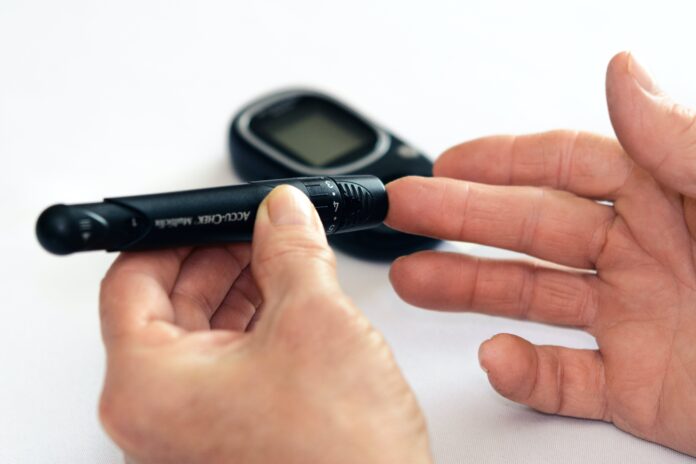In a groundbreaking development, scientists at the University of Alberta have unveiled a promising strategy for treating diabetes using pluripotent stem cells, bringing us one step closer to a revolutionary therapy for this widespread disease. The study, recently published in Stem Cell Reports, focuses on enhancing the efficiency of generating cells needed for insulin production.
Diabetes, a chronic condition affecting millions worldwide, is characterized by the body’s inability to regulate blood sugar levels effectively. In many cases, this is due to complications with the pancreas. Current treatments mainly involve insulin injections or medications, but researchers are tirelessly exploring regenerative medicine as a potential game-changer.
Induced pluripotent stem cells (iPSCs) are a type of stem cell created by reprogramming adult cells — usually skin or blood cells — back into a state of pluripotency. Pluripotency refers to the unique ability of stem cells to transform into virtually any cell type in the human body, and it is achieved by introducing specific gene combinations into adult cells, essentially “turning back the clock” on their development.
The versatility and regenerative capacity of iPSCs make them a focal point in cutting-edge research, particularly in developing personalized and effective treatments for various diseases, including diabetes, through targeted cell replacement therapies.
The latest study, led by Dr. James Shapiro, a professor in the Department of Surgery at the University of Alberta, investigated a molecule called AT7867 and its role in enhancing the efficiency of differentiating human iPSCs into pancreatic progenitor (PP) cells — a critical step in developing functional insulin-secreting cells.
The key finding reveals that the addition of AT7867 significantly increases the proportion of cells crucial for producing insulin. Importantly, this enhancement in cell differentiation does not compromise total cell yield or proliferation, addressing concerns about uncontrolled cell growth common in stem cell therapies.
The study also highlights the potential of AT7867 in accelerating diabetes reversal following transplantation and maturation in diabetic mouse models. Achieving a high-purity population of PP cells will help overcome obstacles that have hindered the clinical translation of stem cell-based therapies for diabetes.
A major hurdle in stem cell therapies for diabetes has been the presence of uncommitted cells, posing a risk for complications such as the formation of tumors. The study addresses this critical concern by proposing a novel chemical-based approach using AT7867 to generate pure populations of pancreatic progenitor cells, minimizing the risk of such complications and bringing stem cell therapies one step closer to safe and effective clinical translation.
AT7867 emerges as a novel molecule holding promise for improving the in vitro differentiation efficiency of human iPSCs into PP cells, paving the way for a potential breakthrough in the treatment of diabetes. This research represents a significant stride in the ongoing quest to harness the power of stem cells for diabetes treatment, offering hope for a future where regenerative therapies provide long-term solutions for individuals with diabetes.








































